The formation of the Nirvana group in previously unpublished photos
Categories: Celebrities | Exhibition
By Pictolic https://pictolic.com/article/the-formation-of-the-nirvana-group-in-previously-unpublished-photos.htmlApril 5 marks the 26th anniversary of the death of Kurt Cobain, the lead singer of the band Nirvana. Kurt Cobain was not just a musician — he was a real prophet. He was included in the infamous "Club 27" - a list of musicians who had a strong influence on the development of culture and died at the age of 27.
The band Nirvana, despite its rather short existence, has taken a very worthy place in the history of rock music. Today we have a selection of previously unpublished photos from the history of the group.

The book "Experiencing Nirvana: Grunge in Europe, 1989" features photos of Sub Pop Records co-founder Bruce Pavitt taken during an eight-day tour with the band. The book features stunning photos of Nirvana from the stage just a month after the release of their debut album Bleach, two years before the band made rock history with their album Nevermind.
"One day I was looking through photos with my friend and wanted to share them with the public," says Pavitt. — And the more I looked at them, the more I realized that they were not just some pictures. There is a story behind them and an impressive story. This is the story of a young, rebellious artist who went beyond the system, struggled with difficulties and eventually succeeded in his business."

Kurt Cobain at the Piper Club, Rome, 1989.
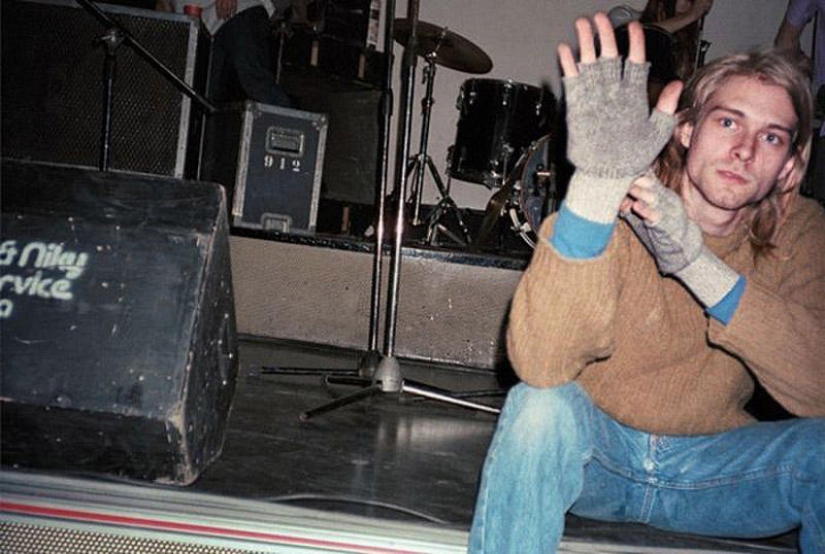
From touring in Europe to the first performance in Seattle, it was then like before the moon. Pavitt and his colleague Jonathan Pawnman were the only visitors to that concert. "They didn't have a single audience, the material was very weak, but Cobain had an amazing voice," Pavitt recalls. — I could observe the growth of the group, they were getting better every month."
"Nirvana learned a lot from Mudhoney, who was the most popular band at that time in Seattle. They opened for her during her tour in Europe. Mudhoney was a very expressive band, their work was greatly influenced by Iggy Pop and The Stooges," says Pavitt.
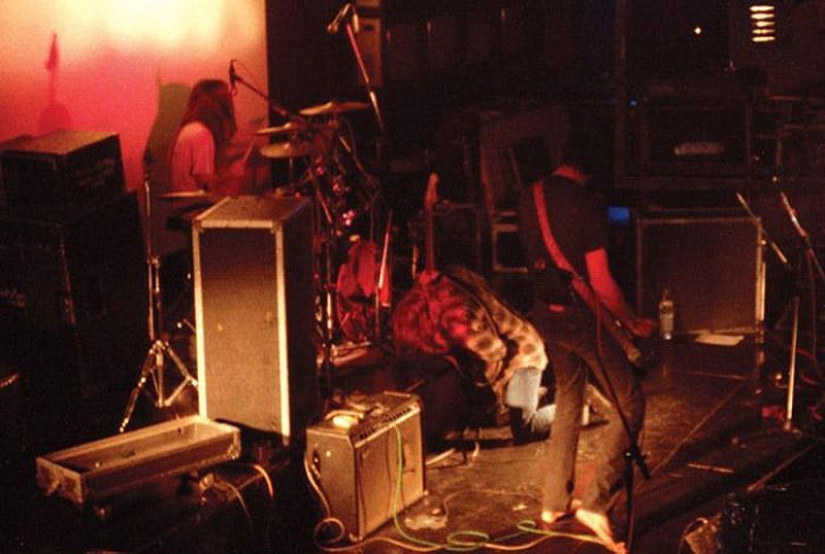
Kurt Cobain and Jonathan Pawnman.
"When I first saw Nirvana on stage, Krist and Kurt were constantly looking at their feet, there was no expression at all. But 2-3 months after their first performance, I attended their concert at the Vogue club in London, when Kurt rushed off the stage into the crowd of people and the crowd picked him up. Usually Mark Arm from Mudhoney performed such tricks."

Krist Novoselic, Kurt Cobain and Ted Doyle in Zurich, November 30, 1989.
At the center of the book is the story of how Nirvana almost fell apart just a few days before the London concert, which played a significant role in the band's career. "When Cobain disbanded the band just a couple of days before the LameFest show in London, we did everything possible to prevent it."
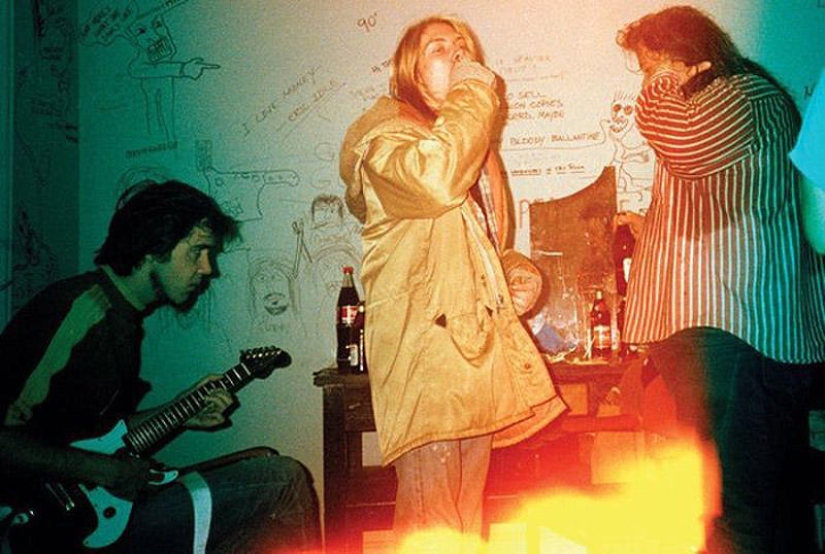
Mark Arm of Mudhoney during LameFest, December 3, 1989.

Bruce Pavitt looks at Krist Novoselic about to smash a guitar.

Mark Arm at the Astoria Club in London, December 3, 1989.
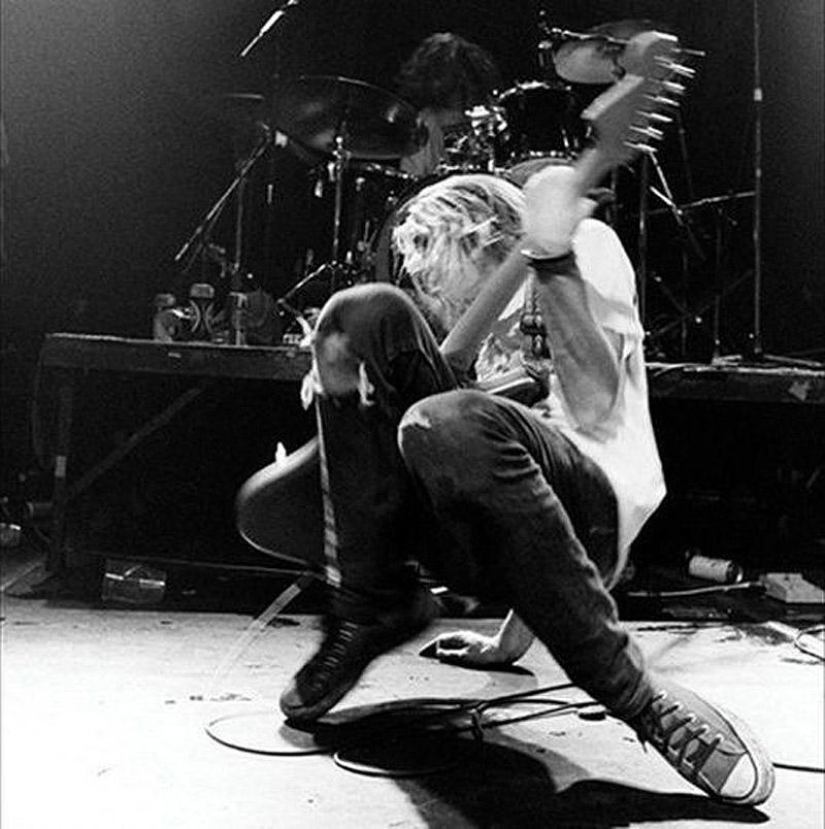
Ted Doyle in Astoria, December 3, 1989.
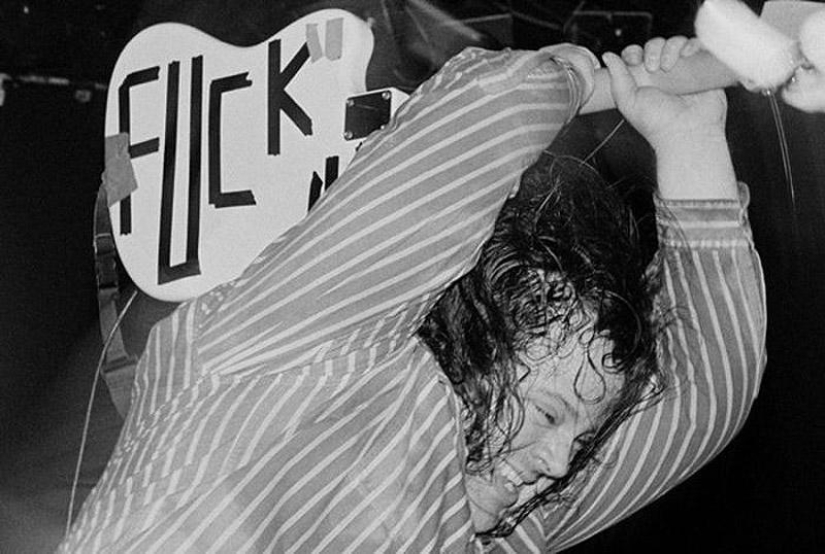
A crowd at an English club at a concert.
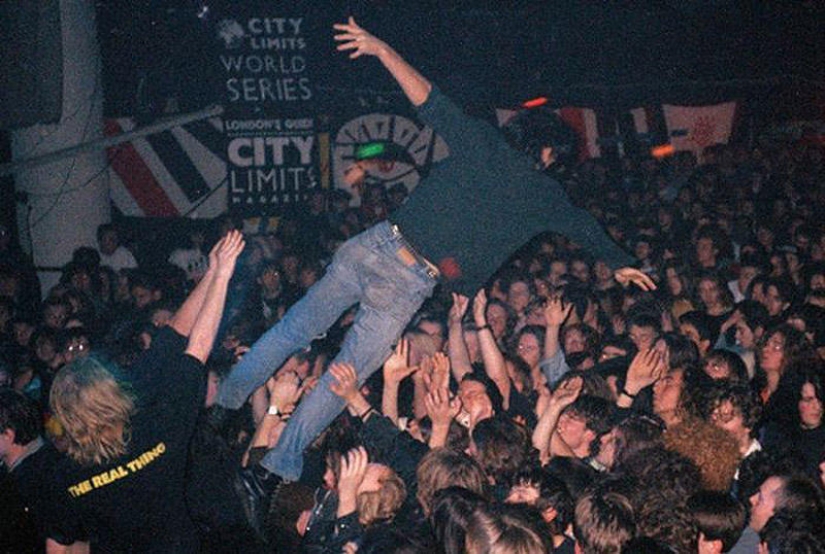
Kurt Cobain signs an autograph at Rough Trade Records in London, December 4, 1989.
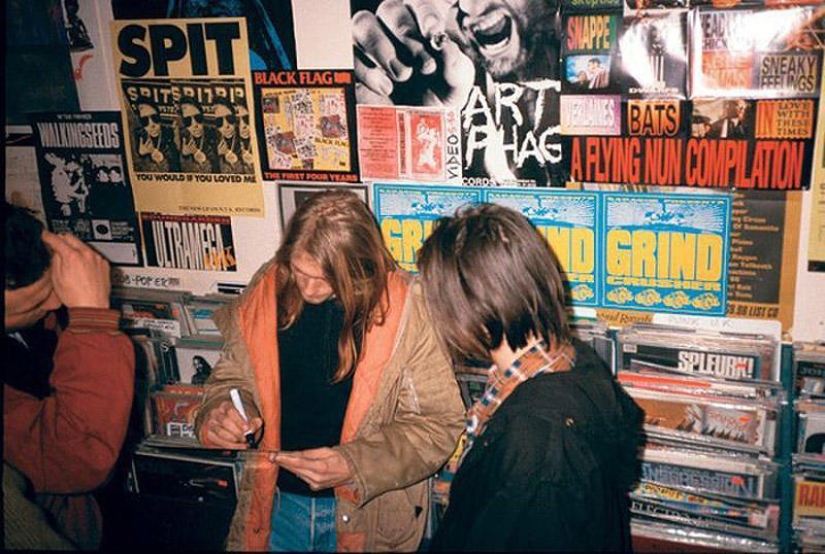
22-year-old Kurt Cobain in front of the Colosseum in Rome in 1989.
"Kurt had nervous exhaustion after driving around in a van all over Europe for a month. He needed a rest, so we left him in Rome, where he could recuperate. I think it was this break that allowed him to come back with even more energy. During a show in Rome, he broke his guitar, microphone and sound reinforcement system. He had a real nervous breakdown, but after we gave him a new guitar, he came back to life again."
Keywords: Nirvana | Grunge | Band | Kurt cobain | Music | Singer | Rock | Death
Post News ArticleRecent articles

May West once jokingly said that she should be given a license to invent sex, which she discovered for Americans. The name of this ...

Thailand is a kingdom of amazing beauty, where the colors of nature mingle in a captivating palette of rich and varied landscapes. ...
Related articles

The grunge gods rocked the music world in the early ' 90s, starting a new movement. It was an explosion that covered an entire ...

Courtney Love is a notorious actress, singer and artist, the widow of Nirvana lead singer Kurt Cobain. A rebel girl, a storm girl, ...

Without a doubt, jeans are universal clothing that unites people of different nations and continents, religions and beliefs, age ...

In the late 1960s and early 1970s, thousands of young people from all over the world embarked on an incredible journey that would ...